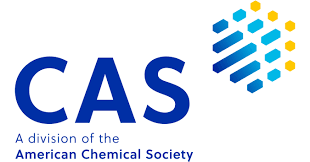A short review on poliomyelitis: types, transmission, diagnosis, prevention, treatment
Keywords:
Poliomyelitis, Types, Diagnosis, Prevention, TreatmentAbstract
This research is focused on the impact of poliomyelitis in current era. It also explores strategies for its prevention and control. The study utilizes qualitative research methods to comprehensively explain and support interpretive goals. Secondary data sources are used for data collection. The disease is highly contagious and can spread rapidly, especially in areas with inadequate sanitation and low vaccination rates. The symptoms of polio vary from mild flu-like symptoms to severe paralysis, with some cases resulting in lifelong disability or death. Vaccination is the most effective means of preventing polio. The oral polio vaccine (OPV) and inactivated polio vaccine (IPV) have played a crucial role in reducing the global burden of the disease. Reinforcing healthcare systems: Polio eradication endeavors can contribute to the enhancement of overall healthcare systems, including surveillance, laboratory networks, and vaccine delivery systems. This can have broader benefits for other immunization programs and public health interventions. Collaboration and coordination: Continued cooperation among countries, international organizations, and stakeholders is essential in tackling the remaining challenges and ensuring a synchronized global response to polio eradication. Through united global efforts and unwavering dedication, the vision of a polio-free world can be achieved, safeguarding future generations from this devastating disease.
Downloads
Published
How to Cite
Issue
Section
License
Copyright (c) 2024 Ayna Marzia, Liaqat Ali

This work is licensed under a Creative Commons Attribution 4.0 International License.









